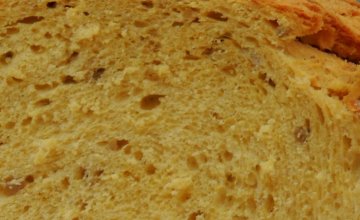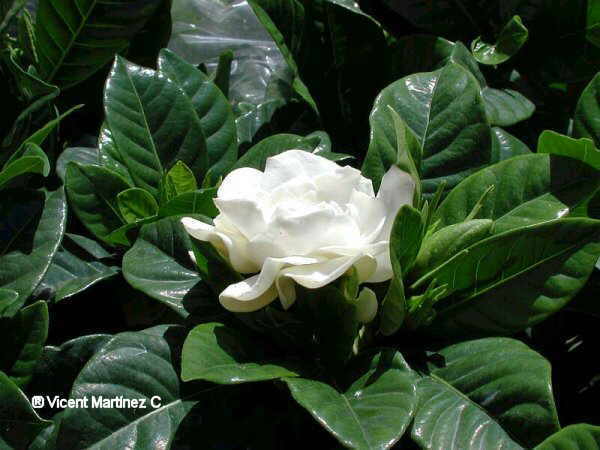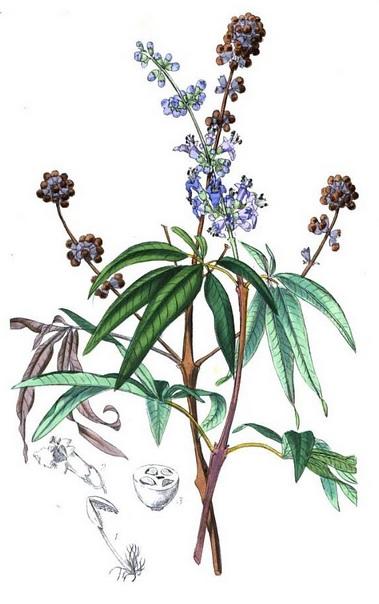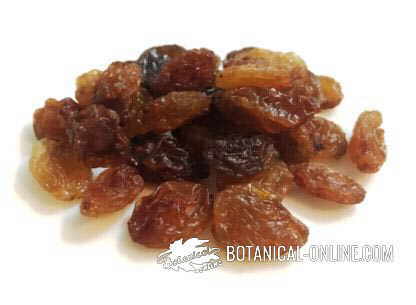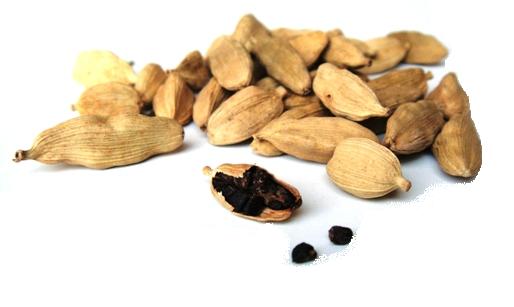Contents
POPPY POISONING
Scientific name: Papaver somniferum L.
Family: Papaveraceae
 Habitat: The Balkans, the Middle East, India and China.
Habitat: The Balkans, the Middle East, India and China.
Alkaloids: Morphine, codeine, papaperina, narcotina and narceine.
Main alkaloid: Morphine (C17 H19 NO3) Active parts: The opium or latex, produced by cuts in the walls of the capsules. Medicinal uses: Analgesic and soporific, especially through its derivatives, morphine and heroin.
Toxicity:
High. Produces an initial euphoric feeling similar to drunkenness with later weakening.
The initial feeling is caused by the fact that this plant molecules possess a structure similar to endorphins, substances produced by the human body, which are captured by receptors of the brain and whose function, among others, is to free us from pain.
Hence the initial feelings of drug use are enjoyable. This initial feeling is preceded by an opposite state of toxicity in which the sensations are completely opposite.
Drug use eventually causes a state of morphinomania or addiction to morphine.
(SEE OPIUM AND ITS DERIVATIVES)
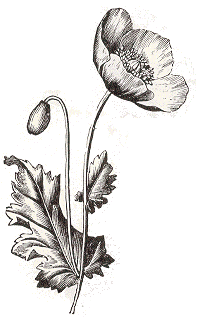
Symptoms of acute poisoning
Symptoms of poisoning are: stomach pain, nausea, vomiting, extreme thirst, dry mouth, respiratory problems, decreased pulse.
In severe poisoning, mental confusion, numbness of limbs, hypotension, cardiac arrest and death.
Symptoms of the addiction:
It’s a drug that causes addiction, ie physical and psychological dependence.
Promptly causes the phenomenon of tolerance, ie opium addict feels the need for higher doses for relief which leads to physical and mental deterioration with symptoms like poor appetite, thinness, pinpoint pupils, pallor, light intolerance, memory loss, problems with eczema and itchy skin, premature aging, breathing difficulty, etc.
Withdrawal symptoms:
The abrupt removal of the drug causes withdrawal or serious bodily state in which the failure to administer the poison produces mental or physical disorders which are very characteristic. Among the first we could include anxiety, nervousness, hallucinations; among the latter: headache, diarrhea, cramps, tremors in the legs, nausea, fever, inability to sleep, etc
![]() More information on plants
More information on plants


